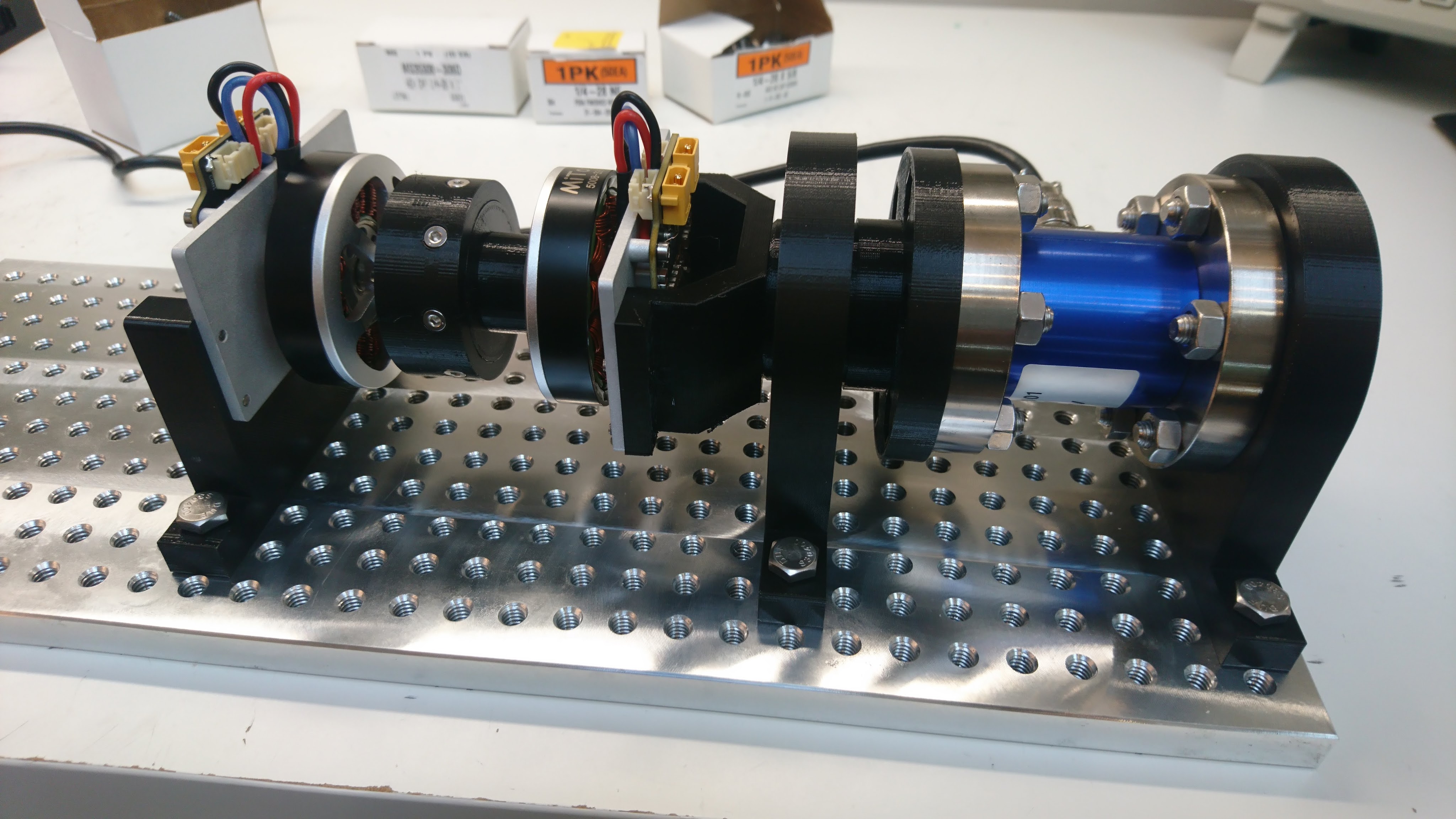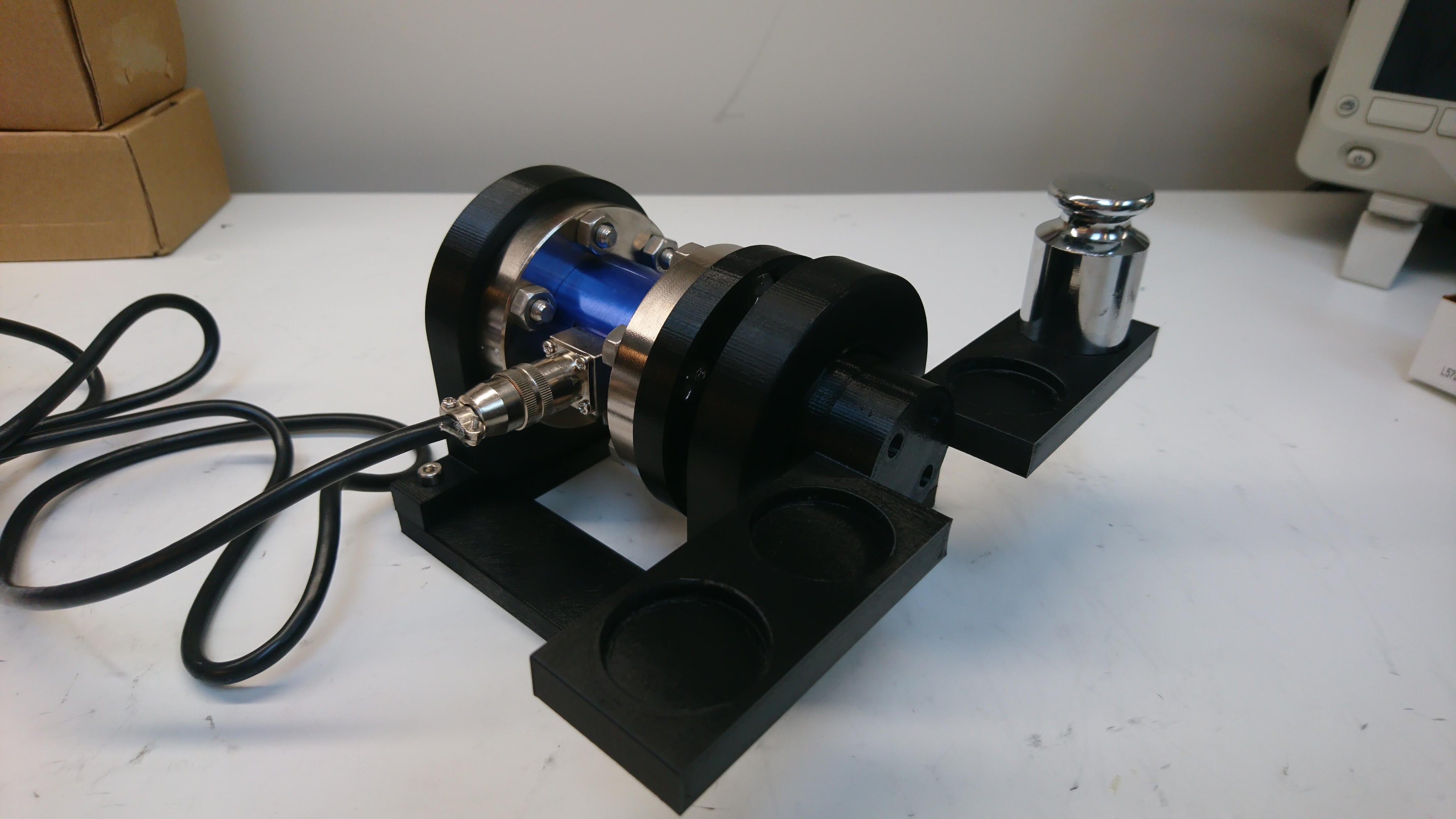Fitting moteus motor saturation models
Way back in 2020, I wrote about the motor saturation model that moteus uses to accurately calculate torque when a motor is operating in a region where the stator becomes saturated. What I didn’t write about was a method for actually determining those fit parameters for a given motor. This isn’t too critical, as most position mode applications don’t require the applied torque to be terribly accurate, but in some cases it does matter. When that is the case, there is now a tool that can calculate parameters appropriate for entering into moteus. Read on to find out more!


